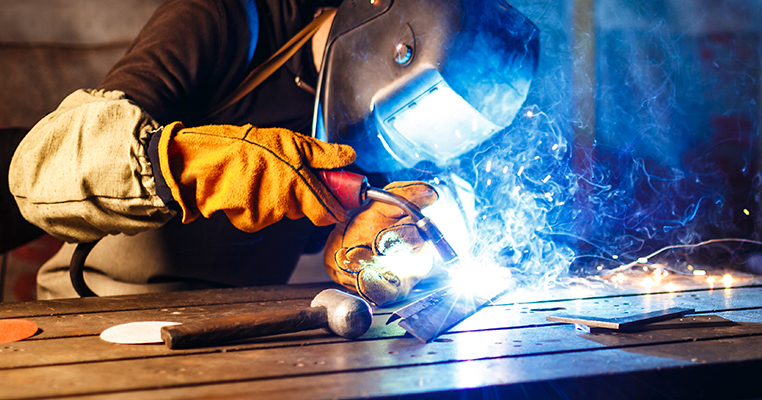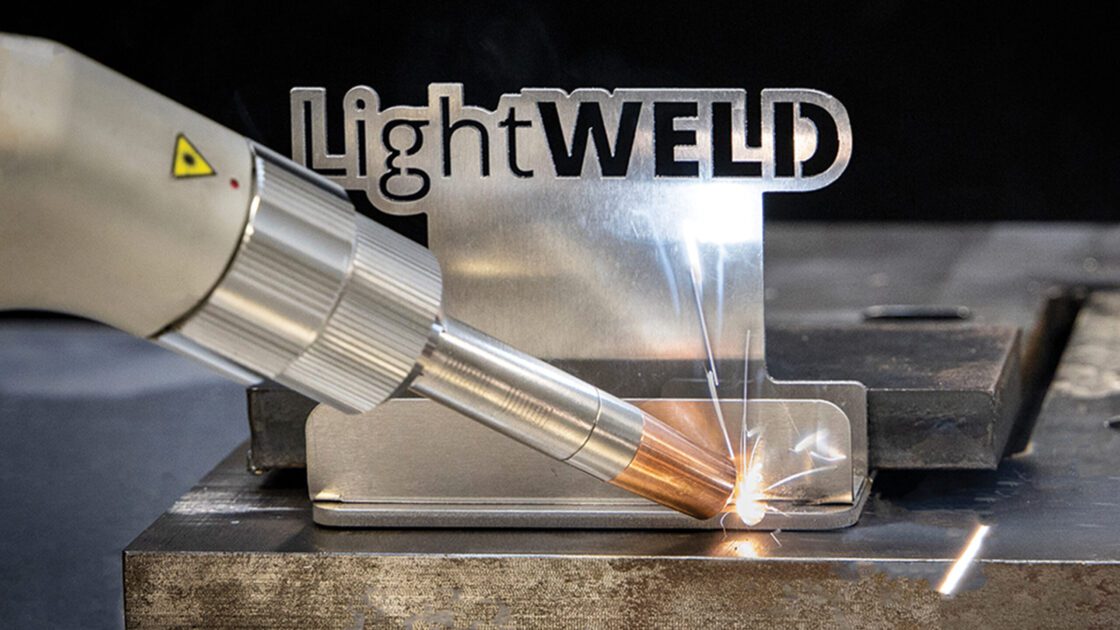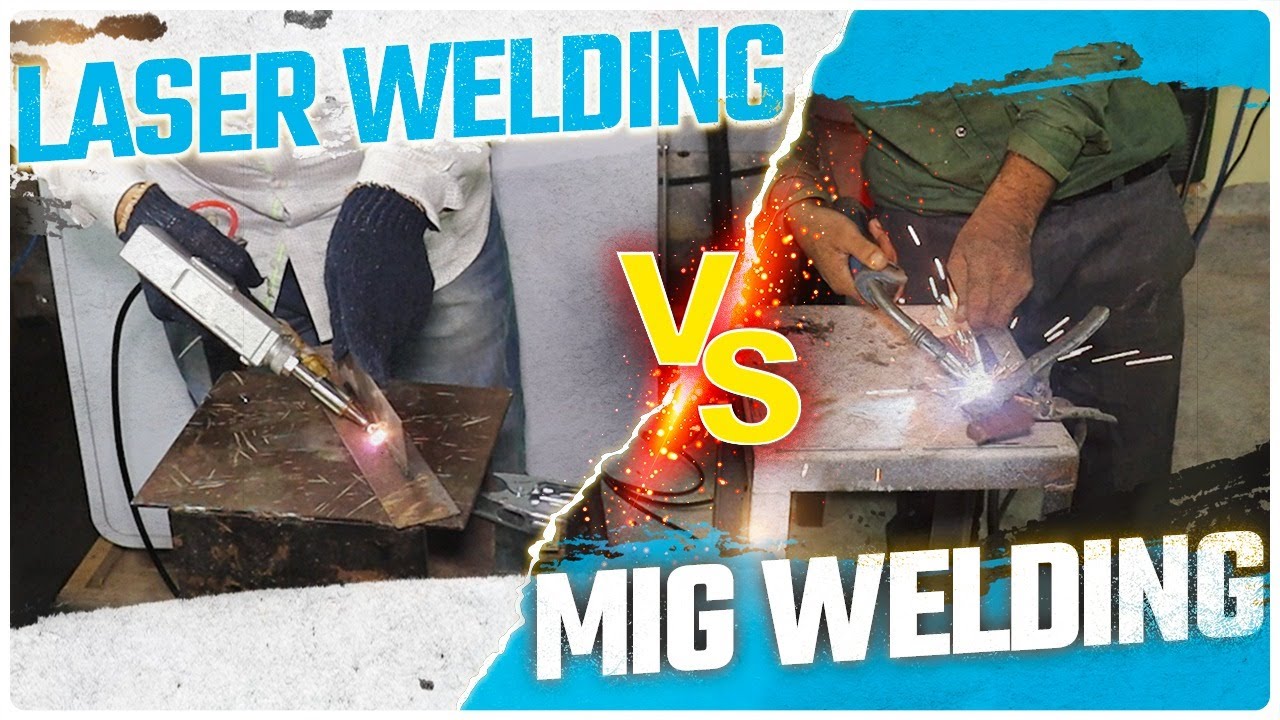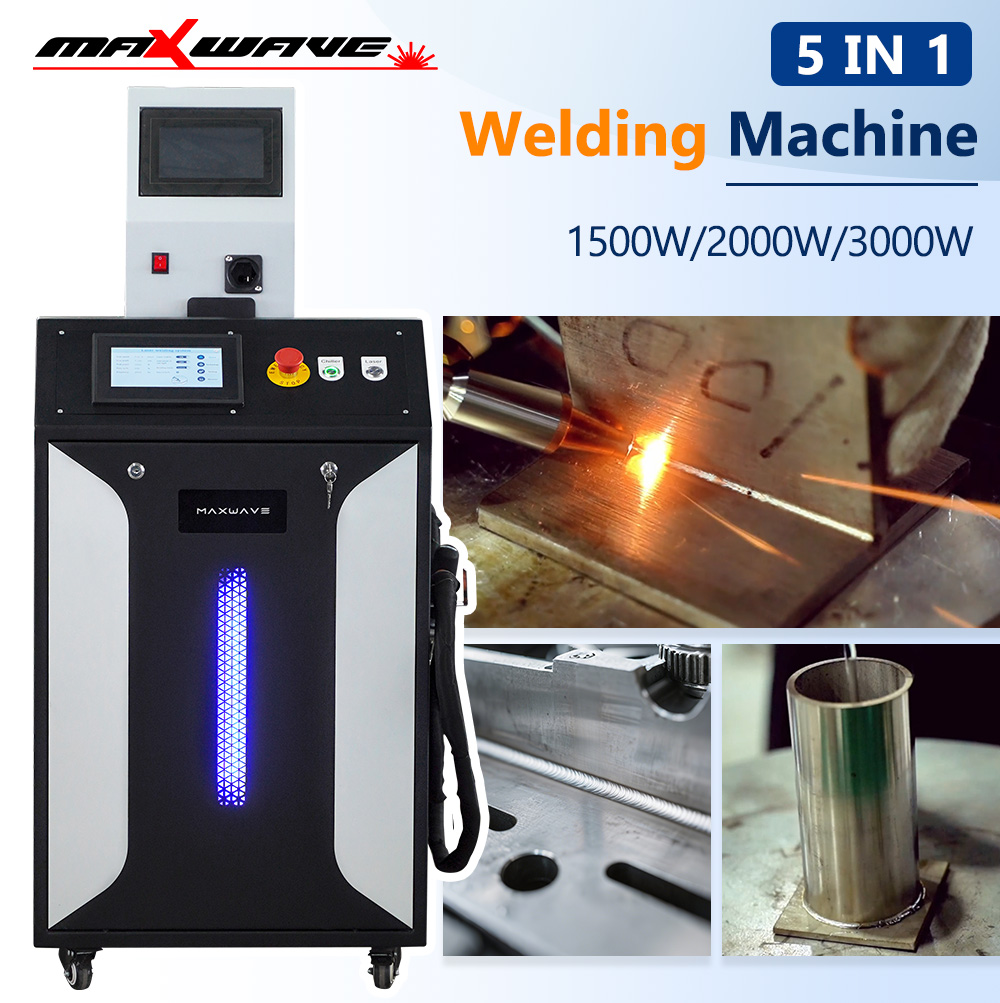At the heart of manufacturing lies a perpetual quest: to join metals with greater efficiency, lower cost, and impeccable quality. For decades, Metal Inert Gas (MIG) welding has been a cornerstone of this quest. However, a new technology—Laser Welding—is reshaping the landscape with transformative advantages. This article delves into both technologies, illuminating why laser welding is not merely an alternative, but a strategic upgrade to future-proof your business.
Welding Fundamentals: From Electric Arc to Laser Beam
The MIG process can be summarized as follows: a continuously fed consumable metal wire acts as the electrode, while an externally supplied shielding gas (like argon or a CO2 mixture) envelops the welding area. This gas creates a “protective shield” preventing the molten weld metal from contamination by atmospheric oxygen and nitrogen. An electric arc is formed, melting both the wire and the base material to create a weld pool that cools to form a strong joint.
The core strength of MIG is its simplicity and adaptability. It is relatively easy to learn, has a lower initial equipment cost, and can weld a wide variety of metals and thicknesses. However, this versatility comes at a cost. Its relatively high and diffuse heat input means significant energy is conducted into the workpiece. This results in a large Heat-Affected Zone (HAZ)—the area of base metal surrounding the weld whose microstructure is altered by the heat, often becoming brittle and weaker. The ultimate consequences are often: workpiece distortion, significant post-weld finishing, and a physical ceiling on welding speed.
Laser welding takes a fundamentally different approach. It focuses coherent light into an extremely small, high-energy-density spot. This concentrated energy instantly vaporizes the metal, creating a vapor channel known as a “keyhole.” This keyhole penetrates through the material, and as the laser beam travels, molten metal flows around this vapor channel and solidifies behind it, creating a weld with a very high aspect ratio—both very deep and very narrow.
This is not just a cosmetic difference; it’s a fundamental leap in performance. Because the heat is applied with precision, the HAZ is minimized. This translates to negligible distortion, a critical advantage for pre-machined or finished components. Furthermore, laser welding is non-contact, eliminating tool wear, and is perfectly suited for integration into robotic automation for 24/7 production stability.
Why Laser Welding is the Smarter Investment: Advantages Beyond Speed
While welding speed is one of the most striking advantages of laser welding (often 2x to 10x faster than MIG), the true Return on Investment (ROI) comes from redefining the total cost of production.
1. Drastically Reduced Post-Processing Costs
Imagine parts coming off the weld line ready for assembly, with no need for straightening or heavy grinding. This is the norm with laser welding. Due to minimal distortion, you can assemble after welding, instead of fixing after assembly. This saves immense time, labor, and equipment costs down your production line. The spatter common in MIG welding is virtually eliminated with laser, further reducing cleanup and finishing labor.
2. Unmatched Quality and Consistency
Laser welds are not just better looking; they are stronger. The fine grain structure and superior metallurgy mean the weld joint often has higher strength and ductility than a MIG weld. This intrinsic quality upgrade directly translates to: lower scrap rates, higher product reliability, and enhanced product lifespan. In an automated system, once programmed, laser welding replicates the exact same perfect weld millions of times with superhuman precision and repeatability.
3. Enables Design Freedom and Material Savings
The minimal heat input of laser welding allows it to join delicate and thin-gauge materials that would be impossible with conventional methods. It also enables the joining of dissimilar metals, opening new doors for lightweight and innovative designs. Furthermore, due to its deep penetration, for some joint designs (e.g., butt joints), you can use thinner gauge material to achieve the same strength, leading to direct material savings.
Laser Welding Systems: Advanced Tools Unlocking Modern Manufacturing & Business Success
Advanced laser welding systems are far more than mere welding tools; they are sophisticated manufacturing platforms that drive production revolutions and unlock new business opportunities. Modern systems integrate intelligent software, robotics, and real-time monitoring to achieve an unprecedented level of control. Users can easily program complex weld paths via intuitive touch-screen interfaces, while vision systems and adaptive feedback controls compensate in real-time for minor part gaps or positional variations, ensuring flawless results every single time. This “right-first-time” philosophy eliminates costly rework entirely, elevating productivity to a new stratum.
For established manufacturers seeking a competitive edge, a laser welder is a strategic asset that elevates your capabilities and sets you apart from the competition. It empowers you to bid on contracts that were previously impossible due to quality or precision requirements beyond the reach of conventional methods. Whether it’s the precision welding of medical implants, the hermetic sealing of electric vehicle battery trays, or the cosmetically perfect, invisible seams in consumer electronics, laser technology delivers a level of craftsmanship that makes your products stand out in the marketplace.
For astute entrepreneurs and distributors, a laser welding machine represents a dynamic profit center. The machine’s versatility allows you to serve a diversified client base: from welding lightweight components for local automotive shops, to prototyping for aerospace startups, or supplying signature metalwork for the hospitality industry. Its remarkable speed and minimal post-processing enable a high-throughput business model, allowing you to complete large volumes of work efficiently. Investing in such a system is, in essence, acquiring a “business engine” capable of penetrating new markets and generating entirely new revenue streams.
Furthermore, the clean, non-contact nature of laser welding makes it the ideal choice for upgrading your service offerings or adhering to environmental commitments. It produces minimal fume or spatter, creating a safer and more pleasant work environment, while helping you and your clients move towards more sustainable manufacturing.
Welding Applications: Making the Strategic Choice
Choosing the right technology isn’t about “good” vs. “bad,” but about “appropriate” vs. “optimal.”
Stick with MIG welding for:
-
Maintenance, Repair, and Field Construction: Equipment is portable and suited for volatile environments.
-
Low-Volume, High-Mix Prototyping: Quick setup with no complex programming.
-
Very Thick Sections (>15mm) in a single pass: High-power MIG may be more cost-effective.
-
Entry-level production with extremely tight capital budget.
Invest in Laser Welding for maximum ROI in:
-
Medium to High-Volume Production: High speed directly translates to higher output.
-
Manufacturing of High-Value Components: The value of reduced scrap and rework is immediate.
-
Applications where distortion is unacceptable (e.g., precision machinery, aerospace).
-
Highly Automated Production Lines (e.g., automotive bodies, battery trays).
-
Sheet Metal Fabrication (0.5mm – 8mm): Unmatched quality and speed.
-
R&D focused on product lightweighting and design innovation.
Summary
Welding technology is advancing towards greater intelligence and efficiency. Intelligent laser welding stations with integrated vision systems and adaptive control have become an industry trend, capable of automatically optimizing weld quality and maximizing production efficiency. Meanwhile, the focus on energy efficiency and data-driven optimization aligns perfectly with the core advantages of laser technology.
The cost of delaying the adoption of advanced laser technology is significant. While your competitors capture market share with faster delivery, lower operational costs, and superior product quality, you may still be struggling with product deformation and high post-processing costs.
Act now to seize the opportunity. Contact our professional team today to get a customized solution and limited-time offer. Let us help you gain a competitive edge in the market.




